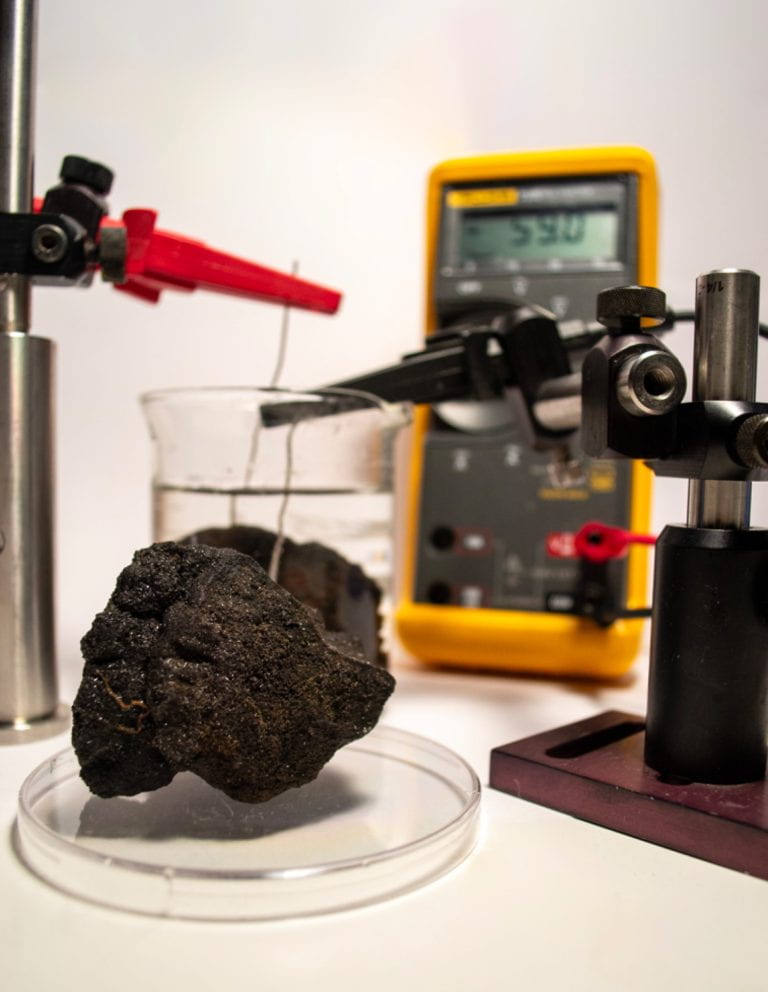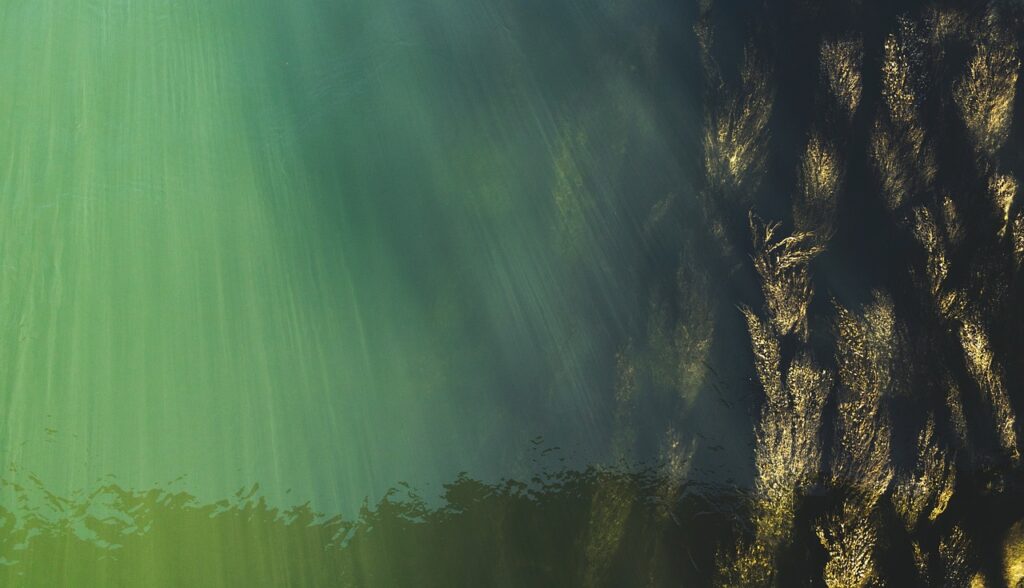Batteries are becoming increasingly important in today’s economy. Not only do they power modern electrified vehicles, like EVs and hybrids, but they also power all our gadgets and are used as energy storage in renewable energy solutions. Batteries are here to stay, but they face quite a few roadblocks, with the main one being the lack of minerals necessary to produce them.
These battery minerals are a finite resource, though it has lately been found that we could also mine them from the seafloor, which could be a big boost for the battery economy. However, scientists, science advocates, and policymakers think that mining the seafloor might be a very bad idea. Namely, a group of scientists published a paper on Nature, which proposes that organisms living at depths between 9,800 to 21,300 feet (3,000 to 6,500 meters) may contribute to dark oxygen production.

Just for clarification, this is regular oxygen – they only call it dark because it’s still not clear where it comes from. Up until this moment, we thought that all the oxygen in our atmosphere is produced by photosynthesis, i.e., life that uses sunlight and breaths CO2 to create sugars and oxygen. Now, it’s almost certain that these deep-sea organisms provide a significant portion of the oxygen on Earth.
According to the paper, they do that by sea electrolysis, as a sample sent to a lab produced a voltage of 950 millivolts – just shy of the 1.3 volts needed for electrolysis. Still, it’s proposed that at the seafloor, these organisms could produce much higher voltages. Coincidentally, they live at the same depths that companies want to mine for battery minerals. Notably, the scientists say that they found these organisms at the bottom of the Pacific Ocean, somewhere between Hawaii and Mexico – the same area that a mining company wanted to start exploiting soon.
The mining company said it would submit a mining application after the International Seabed Authority’s (ISA) annual meetings in Kingston, Jamaica, where dark oxygen was one of the main things discussed. Considering all the backlash, they might need to wait quite a bit longer before scientists and engineers find a way of mining these minerals without disturbing deep-sea ecosystems.
Article Credit: Nature Geoscience
Image Credit: Camille Bridgewater/Northwestern University
Cover Image: Image by Elias from Pixabay


